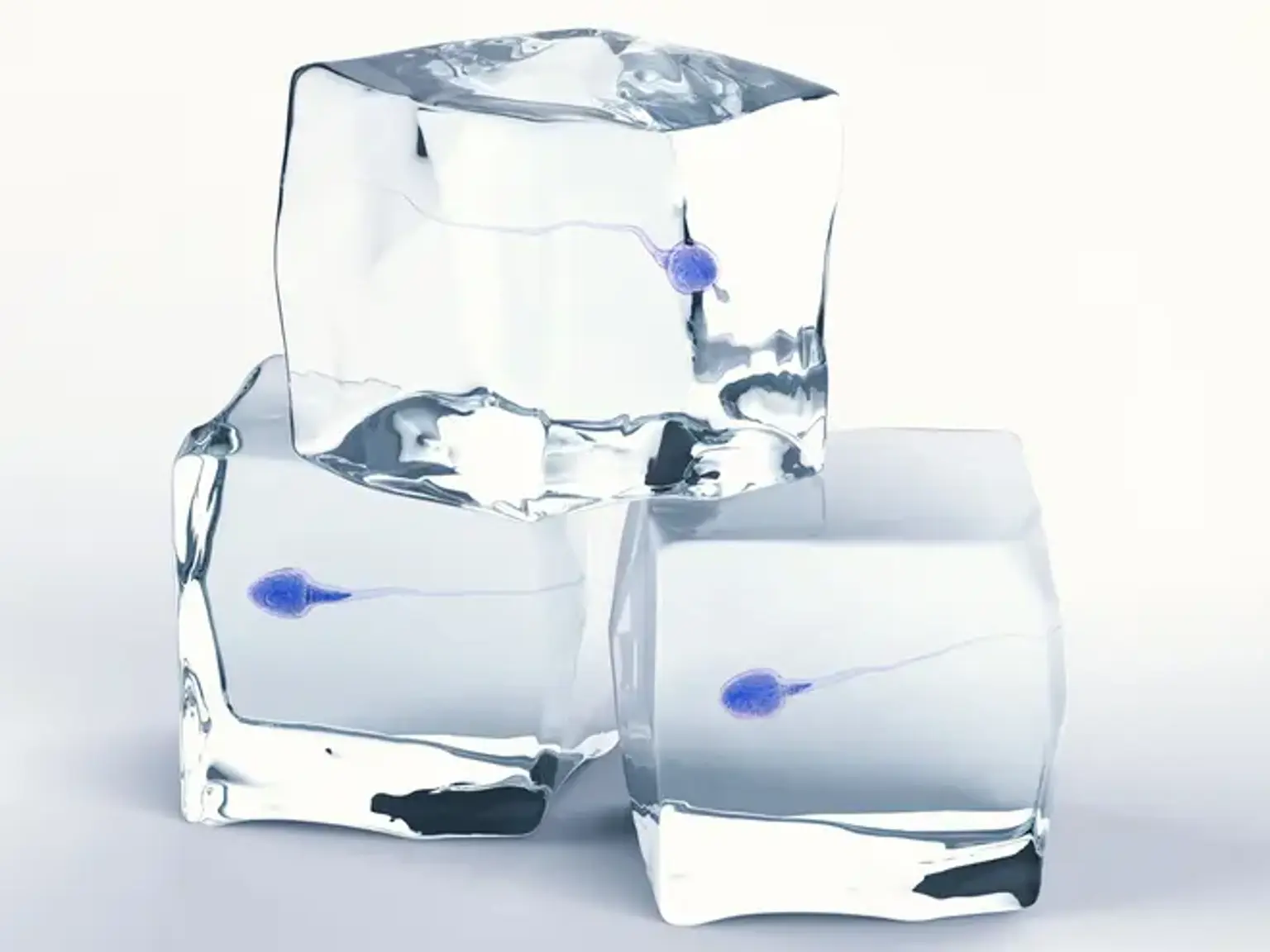Introduction
Semen freezing, or sperm cryopreservation, is a technique that preserves male fertility by freezing sperm at very low temperatures. This service has gained significant popularity in recent years due to its ability to help men retain their fertility for future family planning. Whether due to medical conditions like cancer, aging, or personal choice, semen freezing offers an invaluable opportunity for men to preserve their ability to have children later in life.
More commonly used in fertility treatments like in-vitro fertilization (IVF), this technique is also recommended for men undergoing chemotherapy or radiation therapy, which can affect sperm quality. Sperm cryopreservation gives these individuals a way to protect their reproductive options.
What is Semen Freezing?
Semen freezing is a process where sperm is collected, evaluated for quality, and then stored at temperatures as low as -196°C (the temperature of liquid nitrogen). The freezing technique ensures that sperm remains viable for later use, typically for fertility treatments, or in cases where a man may not be able to produce sperm later due to health issues, such as cancer treatment.
The process begins with sperm collection, which is usually done at a sperm bank or fertility clinic. The sperm is then mixed with a cryoprotectant, a substance that prevents ice crystals from forming and damaging the sperm. Afterward, the sperm is frozen and stored in cryogenic tanks. Sperm can be kept for many years without losing its ability to fertilize an egg.
The Process of Sperm Freezing
The semen freezing process involves several key steps. First, a sperm sample is collected. This is often done by masturbation in a sterile container at a clinic or sperm bank. The sperm sample is then processed to remove any impurities or non-viable sperm.
